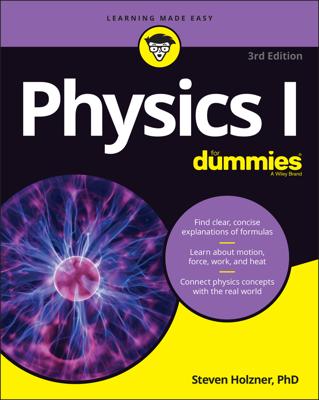String theory may offer some answers to what came before and what caused the big bang. In fact, under the big bang theory — formulated in a universe of quantum physics and relativity — the laws of physics result in meaningless infinities at that moment.
According to the big bang theory, if you extrapolate the expanding universe backward in time, the entire known universe would have been compacted down into a singular point of incredibly immense density. It reveals nothing, however, about whether anything existed a moment prior to that point.
String theory offers the possibility that we are “stuck” on a brane with three space dimensions. These brane world scenarios, such as the Randall-Sundrum models, offer the possibility that before the big bang something was already here: collections of strings and branes.
The search for an eternal universe
Scientists were originally very upset by the big bang theory, because they believed in an eternal universe, meaning that the universe had no starting point (and, on average, didn’t change over time). Einstein believed this, though he abandoned it when evidence suggested otherwise.
Fred Hoyle devoted most of his career to trying to prove the universe was eternal. Today, some physicists continue to look for ways to explain what, if anything, existed before the big bang.
Some cosmologists say that the question of what happened at or before the big bang is inherently unscientific, because science currently has no way of extending its physical theories past the singularity at the dawn of our universe’s timeline. Others point out that if we never ask the questions, we’ll never discover a way to answer them.
Though string theory isn’t yet ready to answer such questions, that hasn’t stopped cosmologists from beginning to ask the questions and offer possible scenarios. In these scenarios, which are admittedly vague, the pre–big bang universe (which likely is not confined to only three space dimensions) is a conglomerate of p-branes, strings, anti-strings, and anti-p-branes.
In many cases, these objects are still “out there” somewhere beyond our own 3-brane, perhaps even impacting our own universe (as in the case of the Randall-Sundrum models).
One of these models was a pre–big bang model presented by Gabriele Veneziano — the same physicist who came up with the 1968 dual resonance model that sparked string theory. In this model, our universe is a black hole in a more massive universe of strings and empty space. Prior to the current expansion phase, there was a period of contraction.
Though probably not completely true according to today’s major models, this work by Veneziano (and similar ideas by others) has an impact on most of the superstring cosmology work today, because it pictures our known universe as just a subset of the universe, with a vast “out there” beyond our knowledge.
The old-fashioned cyclic universe model
One idea that was popular in the 1930s was that of a cyclic universe, in which the matter density was high enough for gravity to overcome the expansion of the universe. The benefit of this model was that it allowed the big bang to be correct, but the universe could still be eternal.
In this cyclic model, the universe would expand until gravity began to pull it back, resulting in a “big crunch” where all matter returned to the primordial “superatom” — and then the cycle of expansion would start all over again.
The problem is that the second law of thermodynamics dictates that the entropy, or disorder, in the universe would grow with each cycle. If the universe went through an infinite number of cycles, the amount of disorder in the universe would be infinite — every bit of the universe would be in thermal equilibrium with every other bit of the universe.
In a universe where every region has exactly the same structure, no one region has more order than any other, so all regions have the maximum amount of disorder allowed. String theory, however, might just have a way of bringing back the cyclic model in a new form.

